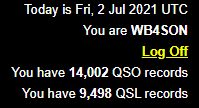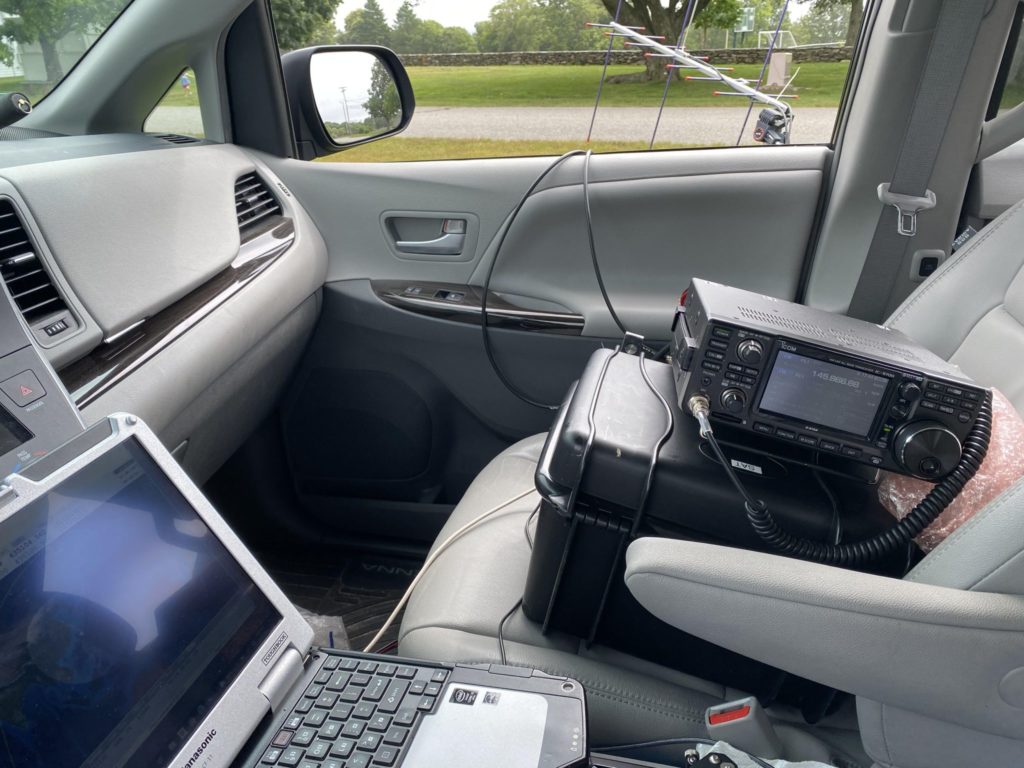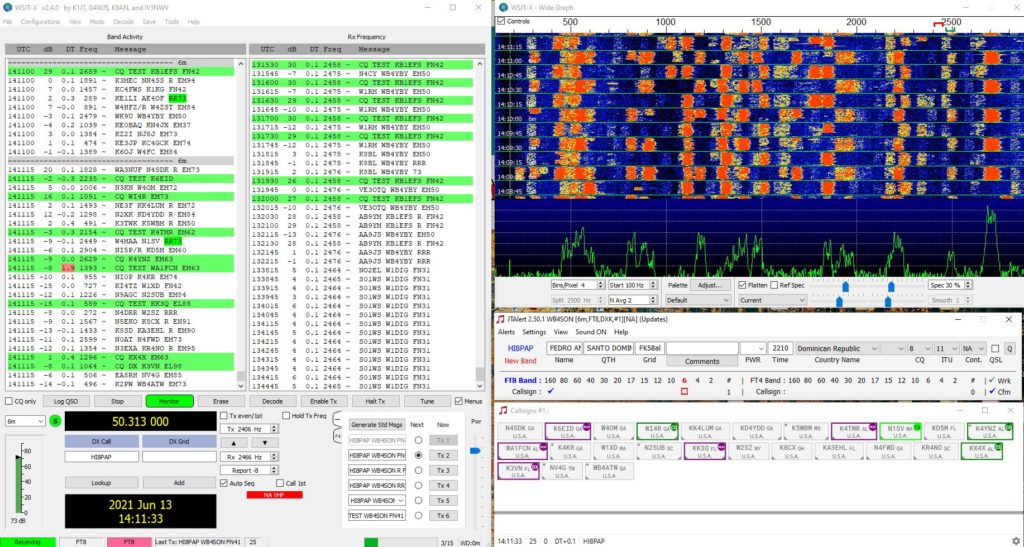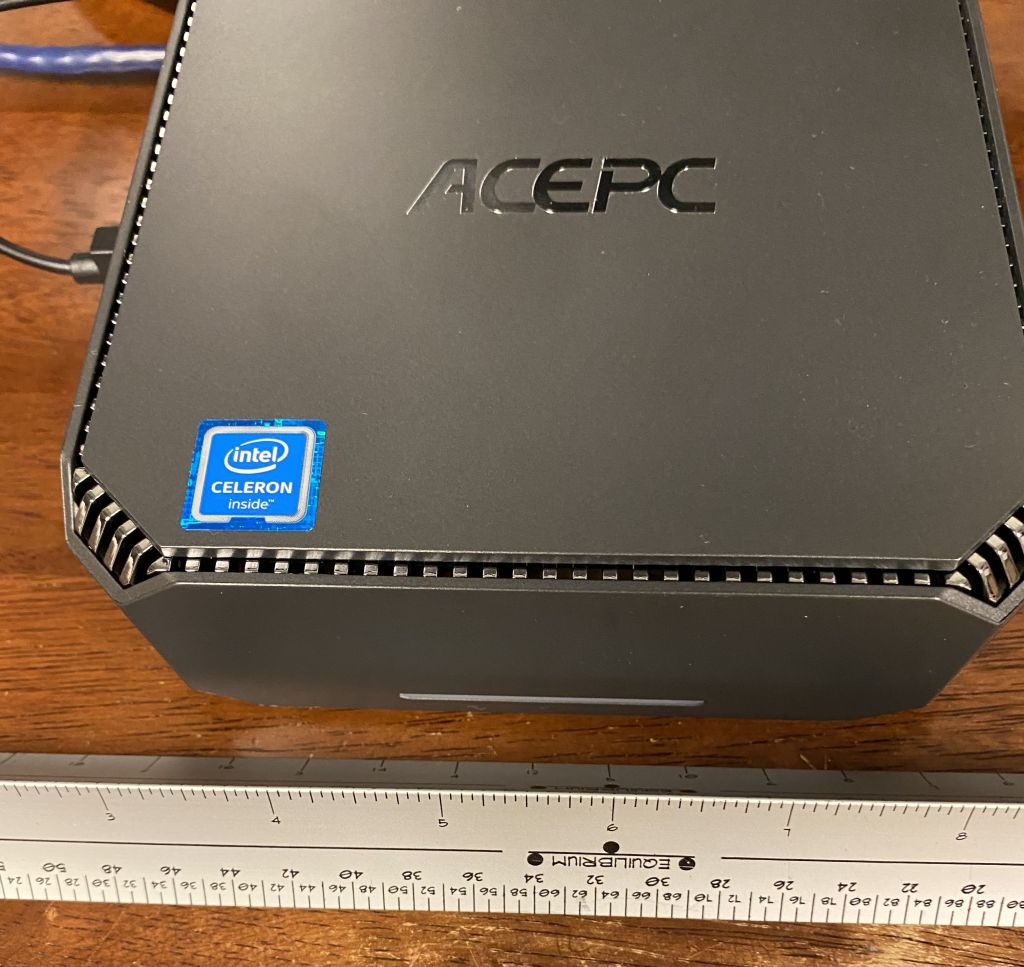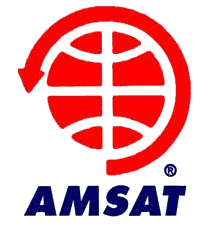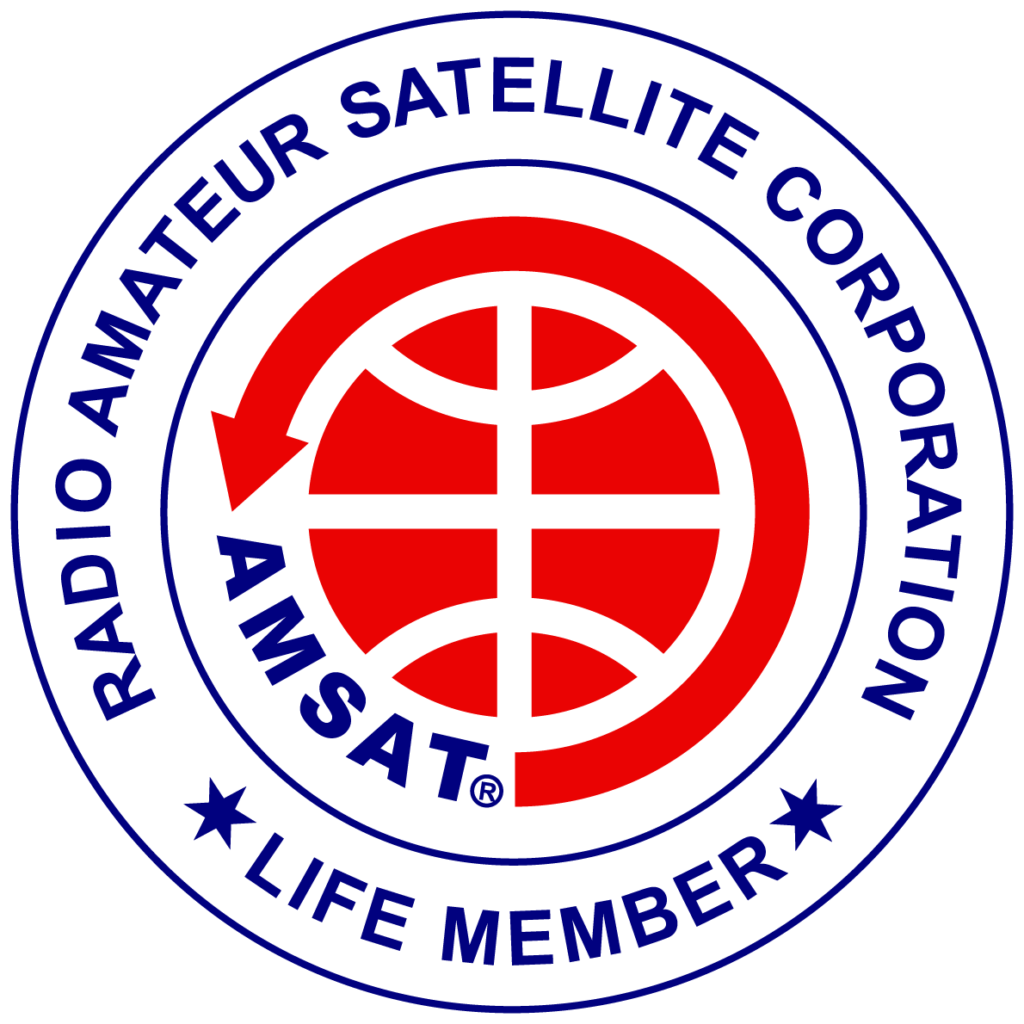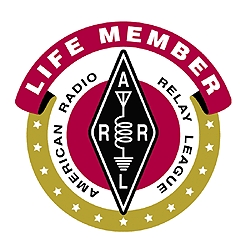A lifetime ago (in other words the year before the pandemic,), I purchased a FlexRadio Flex-6600M, along with a Maestro Control Console for remote operation. My first year of use was plagued with problems with things that seemed basic to me; like the internal tuner simply didn’t work (refused to find solutions to situations that presented a 3:1 SWR). The software was flaky, often requiring cold boots, and it corrupted an internal flash card several times. While certain parts of the radio fascinated me, it was so frustrating to use that I left it unused almost a year. That was very disappointing, as it was the only radio I was aware of that allowed for remote CW (although CW on a Flex is VERY glitchy).
A couple of months ago, Flex introduced a new firmware upgrade that fixed the tuner issue (after a year of complaints). It now works flawlessly, and appears to handle a 10:1 situation. In many ways, the radio seemed more stable, but after a few weeks of operation the radio would refuse to work on power-up. Flex service responded, saying the radio needed a cold reset (a rather long process). That restored operation, but it would fail again after a few days. A promised firmware update fixed that issue, and introduced other problems, which is typical of FlexRadio – a fix often results in other broken things.
So here is my dilemma, I really like the Flex6600M — it is a fantastically versatile receiver (multi-receiver, actually), and it has the best Noise Reduction I’ve ever used on 80 meters. I love being able to use it from an iPad or iPhone, remotely. And important to me, it is the only radio that I know of that allows for remote CW operation (my Yaesu FTDX-101MP with LAN adapter does not). However, Flex software updates tend to be buggy, and it appears that no one who understands a CW operator was involved in the development of the software (no ability to adjust weight, for example, and missing or shortened elements while in break-in).
The latest software update, to fix some latency issues, and hopefully to resolve the need for cold-resets, dropped a couple days ago. Updating the Flex6600M was fairly simple. Updating the remote Maestro Control Console was a major pain in the backside. The process took over four hours and requited user responses at least three of the times it applied a partial update. Flex blames it on Microsoft. That may be true, but sounds more like a poor design choice up front to me.
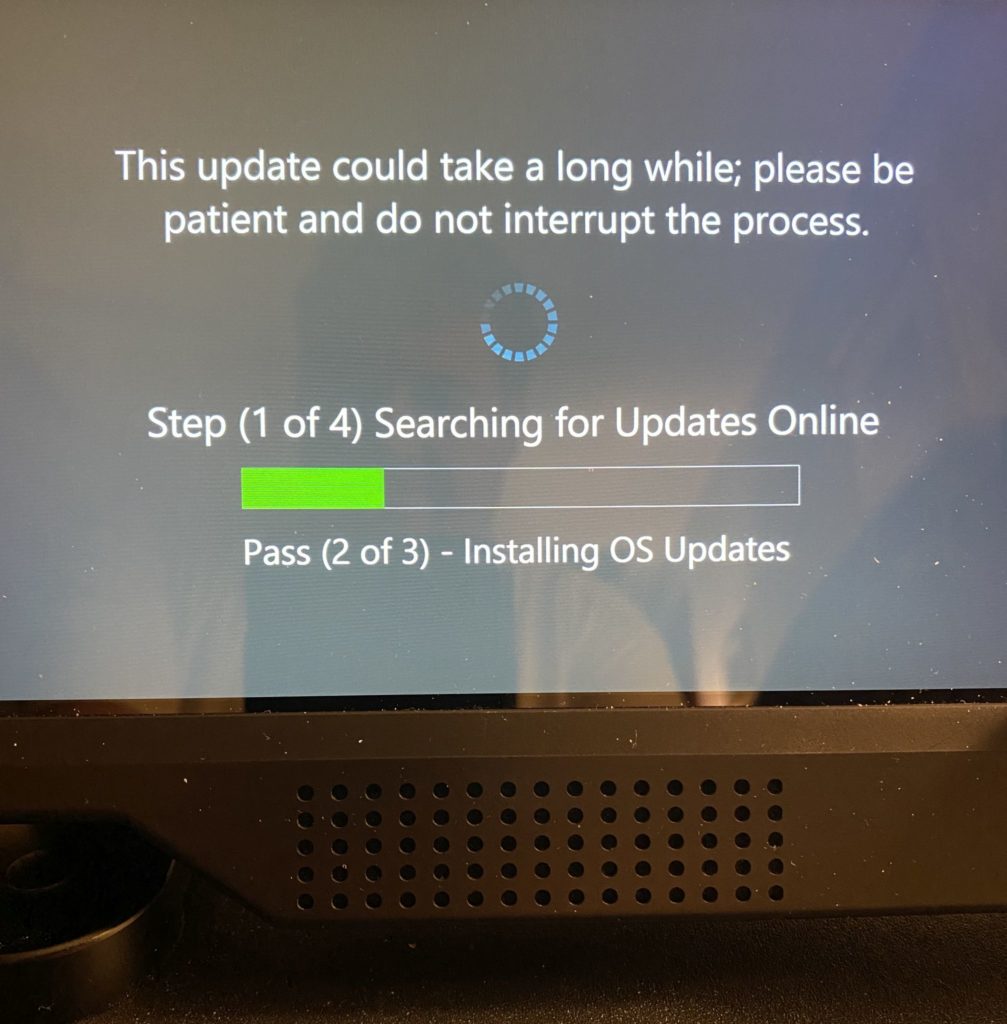
I still love it, and use it every week to participate in a late night CW contest. Like many things in life, it is a mix of good and bad. I just wish FlexRadio would get serious about their software development, and get it to the point where it was two steps forward and zero steps back.

